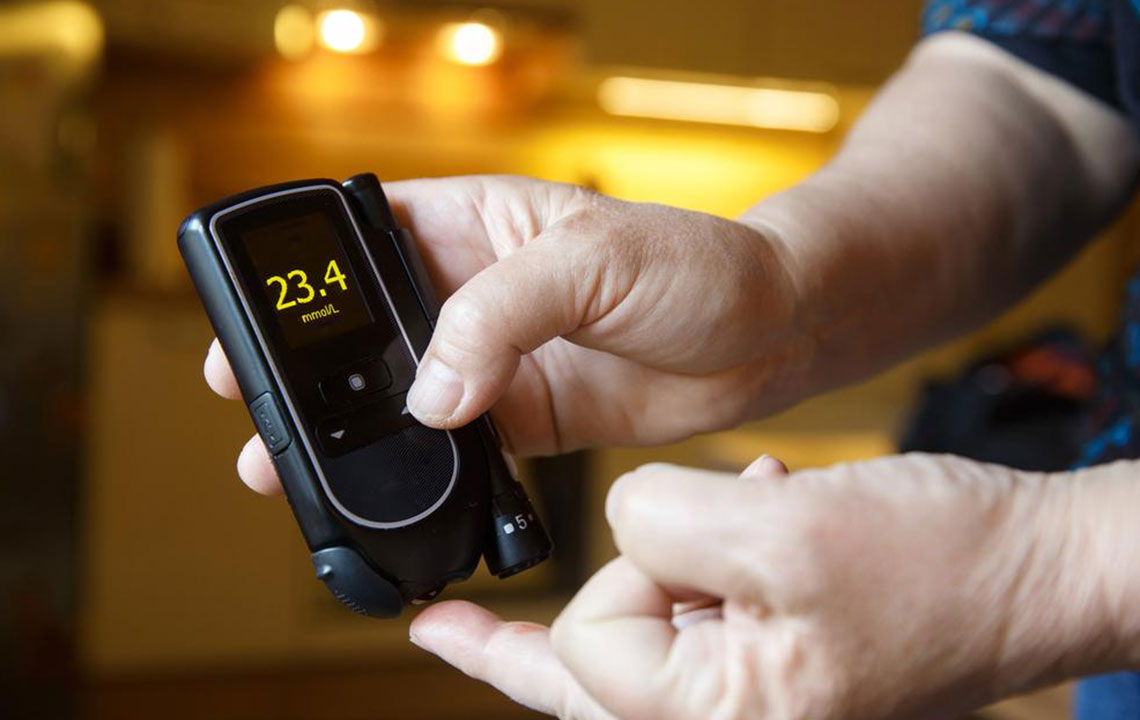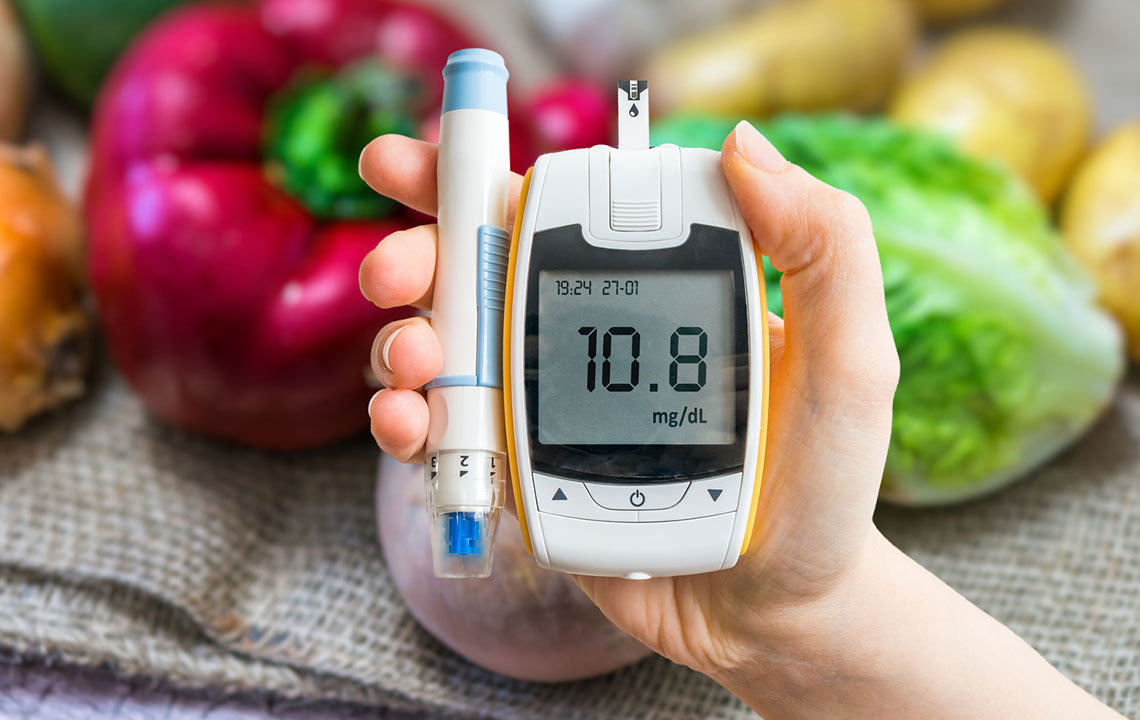Comprehensive Lifestyle and Dietary Strategies for Managing Type 2 Diabetes Effectively
Discover comprehensive strategies to manage type 2 diabetes through personalized diet adjustments and lifestyle changes. Learn about foods to limit, healthy meal ideas, and tips for sustainable eating habits that help control blood sugar, cholesterol, and blood pressure. This guide emphasizes flexibility, moderation, and gradual modifications for long-term health benefits and improved quality of life.

Comprehensive Lifestyle and Dietary Strategies for Managing Type 2 Diabetes Effectively
Living with type 2 diabetes requires a proactive approach to diet and lifestyle choices that help control blood sugar levels and promote overall health. Proper nutrition is a cornerstone of effective diabetes management, involving careful attention to the intake of carbohydrates, fats, salt, and fiber. Since diagnosis, adapting eating habits becomes essential. Instead of overly restrictive rules, current research highlights the importance of a balanced, nutritious diet tailored to individual needs and preferences. These dietary adjustments should aim for long-term benefits including blood sugar regulation, maintaining healthy cholesterol levels, blood pressure control, and supporting healthy weight management. Personalization of your dietary plan—considering your health goals, lifestyle, and food preferences—is key to ensuring sustainable success.
The Significance of Dietary Changes in Diabetes Control
In the past, many misconceptions surrounded diabetes management, especially concerning diet. Patients were often advised to eliminate sugar entirely, leading to restrictive and sometimes unsustainable eating habits. Today, medical guidelines promote a more flexible, balanced approach to nutrition, emphasizing the importance of wholesome foods and moderation. The goal is to make lasting, positive changes that improve health outcomes over time, rather than adhering to rigid restrictions that are hard to maintain. This shift towards a sustainable and enjoyable dietary lifestyle enhances long-term disease control and improves quality of life.
The dietary plan for managing type 2 diabetes must be personalized, considering individual eating patterns, preferences, and health objectives. The primary goals include stabilizing blood sugar levels, maintaining healthy cholesterol profiles, managing blood pressure, and achieving or sustaining a healthy body weight. Achieving these goals involves understanding which foods to incorporate and which to limit, alongside strategies for portion control and meal timing.
Foods to Limit or Avoid for Better Diabetes Control
One common challenge among diabetics is managing excessive thirst and frequent urination, often linked to high sugar consumption. Sugary beverages like soda, fruit juices, and sweetened teas can rapidly elevate blood glucose levels and contribute to weight gain. Replacing these with water, herbal teas, or artificially sweetened drinks is advisable. Additionally, many processed "diabetic" foods are marketed as low-sugar but often contain high amounts of fats and calories, which can hinder weight management and overall health. Relying on natural, minimally processed foods such as fresh fruits, vegetables, lean proteins, and whole grains is a safer, more effective approach for maintaining optimal blood sugar levels and avoiding unnecessary weight gain.
Nutritious Meal Ideas for Every Part of the Day
Crafting balanced, delicious meals for breakfast, lunch, and dinner is entirely achievable with mindful ingredient choices. Breakfast options include wholegrain cereals with semi-skimmed milk, wholemeal toast topped with low-fat spreads, or fresh fruit paired with low-fat yogurt. For lunch, consider wholesome options like vegetable-based soups, salads loaded with lean proteins, or sandwiches made with whole grain bread and healthy fillings. Dinner ideas might feature roasted chicken with a variety of vegetables, pasta dishes made with whole wheat or legume-based noodles, or stir-fries with fish, chicken, or lean meats accompanied by a generous portion of vegetables. These meals emphasize vegetables, lean sources of protein, and controlled portion sizes to keep blood sugar levels stable without sacrificing flavor or enjoyment.
Making Healthy Eating Simple and Sustainable
Many simple dietary adjustments can significantly impact health without demanding drastic lifestyle overhauls. Reducing salt, added sugars, and unhealthy fats while increasing the intake of fiber-rich fruits and vegetables can be seamlessly integrated into daily routines. Portion control is a crucial element; starting with small, manageable changes helps prevent overwhelm and encourages consistency. Gradual implementation of healthier habits makes them more sustainable and easier to maintain over the long term. Remember, consistency and moderation are vital—making incremental changes helps embed new habits into your lifestyle, ensuring ongoing success in managing type 2 diabetes.
In addition, snacking should be approached thoughtfully. Unless specifically instructed by your healthcare provider, frequent snacking might lead to unnecessary calorie intake and complicate blood sugar management. Healthy snack options include fruits, nuts, or low-fat yogurt. Focus on consuming well-balanced, satisfying meals that curb hunger and stabilize blood glucose levels throughout the day. Prioritizing well-rounded nutrition, portion control, and gradual dietary improvements creates a manageable, health-supportive plan that aligns with your personal health goals and offers sustainable results.





